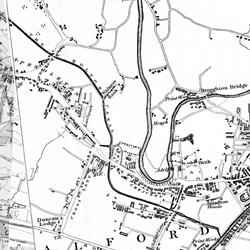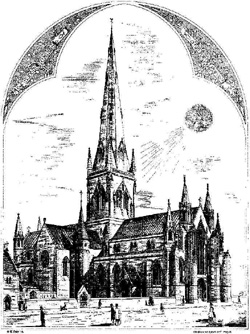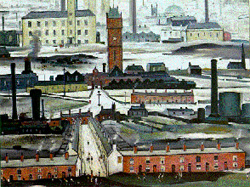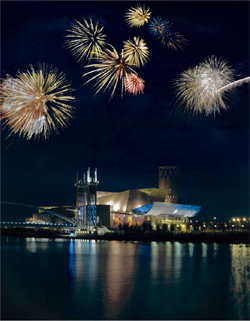


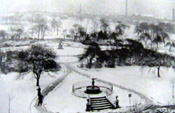
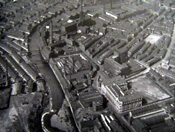
|
|
|
|
|
|
|||
|
|
|||
The City of Salford is 37 square miles in area. It is home to approximately 220,000 people and supports approximately 88,000 jobs.
The City, on the west side of the Greater Manchester conurbation, stretches from the heart of the Regional Centre to its rural periphery. It is well served by the regions rail and motorway networks and lies on the northern bank of the Manchester Ship Canal and is bisected by the Bridgewater Canal, which have both been important factors in the City's and the regions growth.
Salford is a City of contrasts. It's thriving business districts of Central Salford, Salford Quays and the former Enterprise Zones lie within a extensive inner city area which has some of the worst characteristics of social deprivation within the country. Beyond this inner area lie suburbs such as Swinton, Worsely and Walkden which in turn give way to large tracts of open countryside, much of which is prime agricultural land.
Present-day Salford originated as a small town in the early thirteenth century. The first recorded mention of a bridge over the River Irwell connecting Manchester and Salford occurs in documents from 1226. Henry III, in 1228, granted Salford the right to hold a weekly market and annual fair. The traditional location for the market and fairs is believed to be at the end of Chapel Street near Greengate. A plan of Salford in 1740 shows that the town was mainly concentrated within the triangle of Chapel Street, Gravel Lane & Greengate, focused around Sacred Trinity Church (which was founded in 1634). Salford's growth began in the early years of the Industrial Revolution when the construction of the Bridgewater Canal, the Liverpool and Manchester Railway and, more recently, the Manchester Ship Canal, provided a lengthy period of economic and physical growth stretching to the Second world War and beyond. This period saw the establishment of a thriving economy within the City based upon the docks, heavy engineering, chemicals, coal mining and textiles. With this booming economy came a growth in population and the spread of artisans' and employers' dwellings in old Salford and in the outlying towns. In the past 30 years, however, the City's fortunes have changed dramatically. The Victorian and edwardian periods created a great deal of wealth, but have left a legacy of problems which the City has only recently begun to deal with.
Between 1965 and 1991 the City lost over 49,000 jobs, or more than 32% of its employment base. Several factors contributed to this decline, not least changes in the national and international economies, the introduction of new technology and the concentration of investment in London and the South East. The biggest job losses were experienced in the City's traditional industries and although the service sector expended during this period, it was unable to compensate for the decline in manufacturing. In recent years the overall employment situation in the City has been improved by initiatives such as Salford Quays and the former Enterprise Zones.
The last 30 years or so have also seen a considerable change in the overall appearance of Salford, as the slum clearance programme of the 1950's and 1960's removed row after row of terraced housing to make way for new, predominantly Council-owned, housing developments. Today some 34% of the City's housing stock (approximately 33,700 dwellings) is Council-owned (significantly more than the national average) and about half of these are tower blocks or maisonettes. Slum clearance and redevelopment, however, have not solved all of the City's housing problems. Some 19% of the current housing stock (18,000 dwellings) was built before the First World War, and the majority require improvement and repair. In addition, many newer Council properties built in the 1960's and 1970's, particularly the flats and maisonette, have not lived up to their expectations. Tenant dissatisfaction is reflected by the high rate of void properties and a deteriorating housing stock.
In common with many other cities, Salford's population has fallen significantly over the last three decades. The City's total population has declined by approximately 60,000 (just over 20%) between 1971 and 1991. The loss has been most acute in the inner city areas where slum clearance and outward migration have resulted in the departure of the more affluent, more mobile members of the society.
